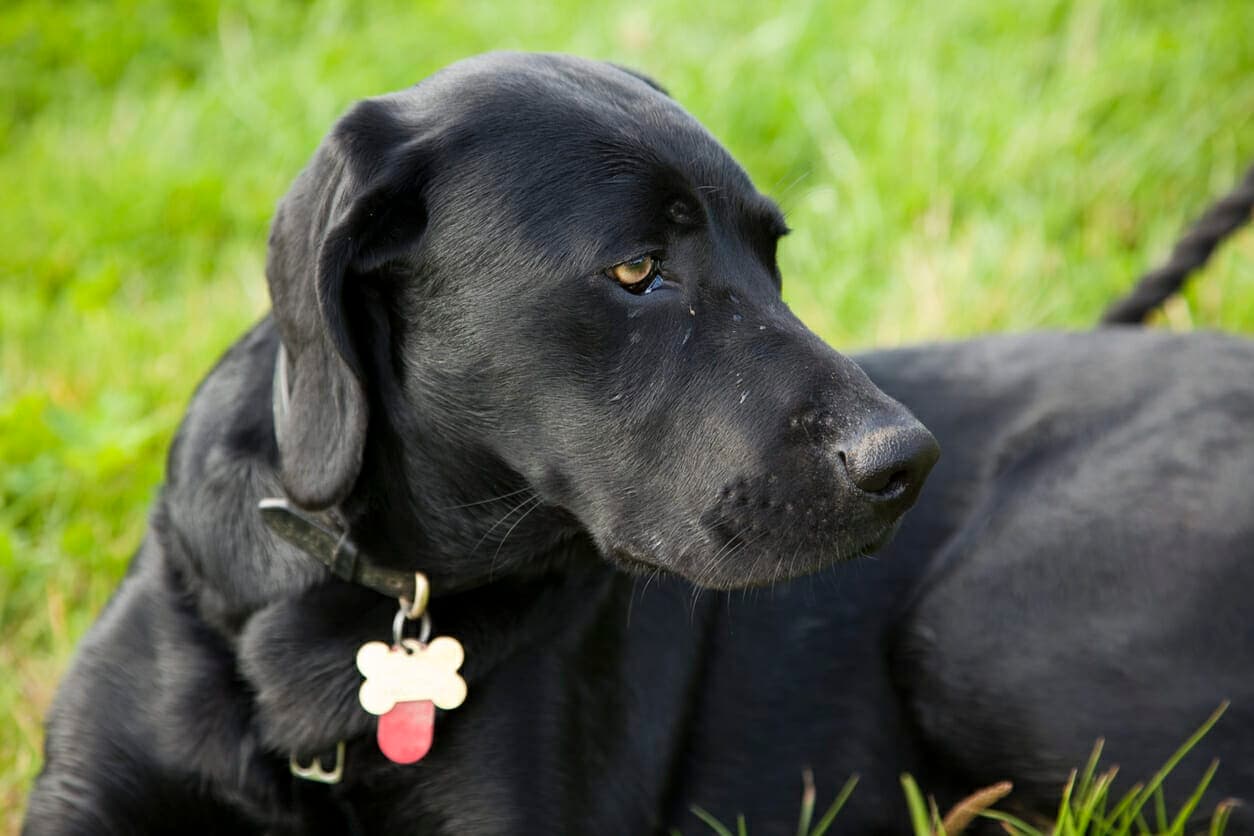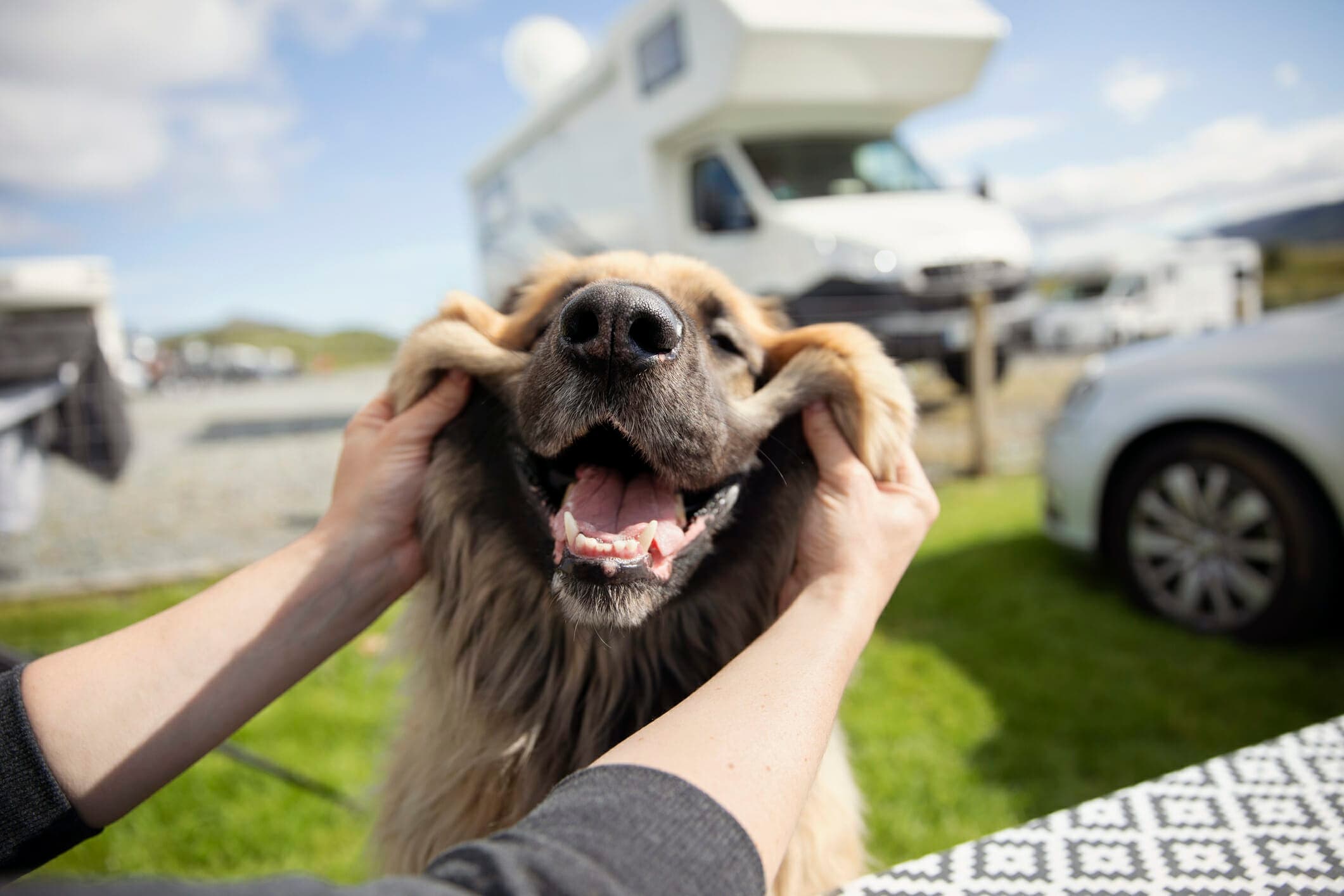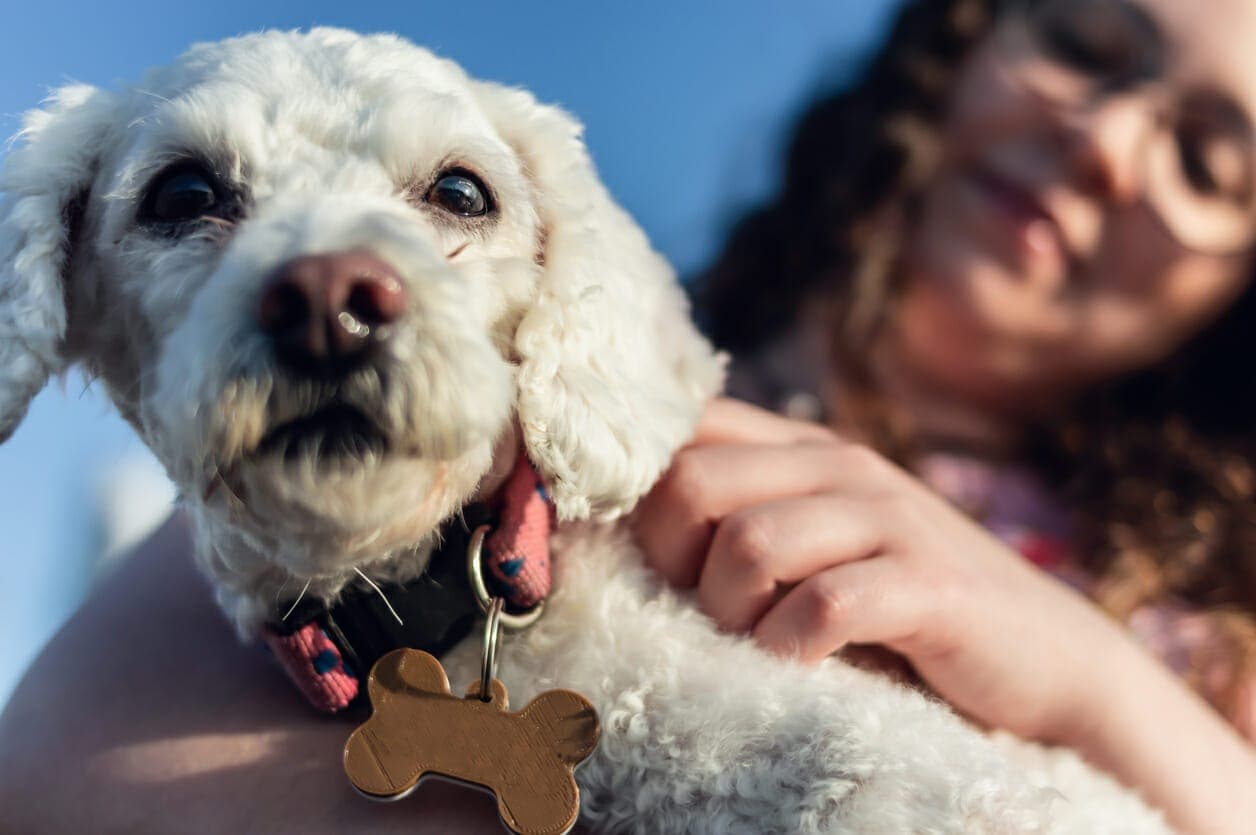
There are a lot of sources and tips out there regarding what types of dog tags to buy, what to include on the dog tag, and tons of collar and harness options. What many people forget is the step in between combining the tags with the collar – the attachment.
The little component in between your dog’s tag and collar often goes unnoticed, but it could be the difference between recovering your lost dog and losing him forever.
The Importance of Proper Tag Attachment
The little attachment bears the sole responsibility of keeping the dog tag on your dog. Tags have all the information necessary to identify and return your pooch to you, but there won’t be a happy reunion if the tag is lost. This can happen if the tag is attached to a flimsy connector.

The right attachment will make sure that baby stays on your pooch through thick and thin. We’re not talking about everyday playtime, we’re referring to outdoor hikes and more strenuous activities.
It doesn’t matter what you and your dog get up to (and it could be a lot) the tag has to remain strong.
There is also another consideration. You can have all the right things, a secure collar, the right attachment, and a dog ID tag, but still, drop the ball. How? If you don’t attach the tag correctly. So, aside from ensuring you have all the right tools, it’s also important to take the time to do things right. And you can start by picking the right collar attachment.
Also Read: Best Clasp For Your Dog Leash
Types of Dog Collar Attachments
There are different types of collar attachments you will find on the market. Which one is best? Let’s take a look at the options first.
1S Hooks
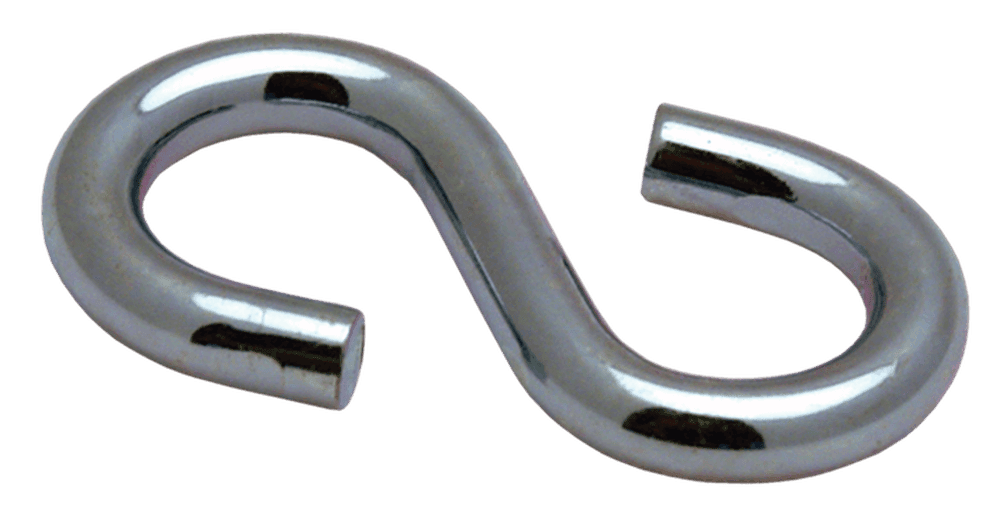
Pros
- A better option for multiple tag attachment
- Usually thick and sturdy
Cons
- Leaves more room for the tag to dangle and jingle
- Requires more effort compared to other methods
- More chance for the tag to slip out through an opening
- Could snag
What we think: Split rings are common, an improvement from s-hooks, and have been a reliable connector for many years.
S hooks can be a bit anxiety-inducing, especially since they look to be open-ended. Dog parents have to apply some strength to pry the top and bottom open and hook one end into the collar loop and hang the dog tag from the other. After that, you have to go in again with some pliers to cinch the s-hook shut.
Pros
- A better option for multiple tag attachment
- Usually thick and sturdy
Cons
- Leaves more room for the tag to dangle and jingle
- Requires more effort compared to other methods
- More chance for the tag to slip out through an opening
- Could snag
2Split Rings
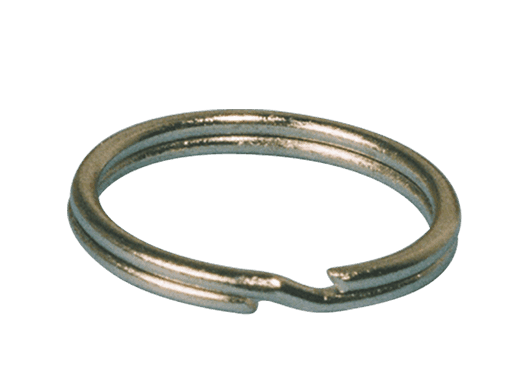
Pros
- Very secure
- Lightweight
- Commonly found
Cons
- Takes some effort to pry open
- More difficult to switch between collars
- Could snag if the ring isn’t tightly shut
What we think: Split rings are common, an improvement from s-hooks, and have been a reliable connector for many years.
A split ring is a metal ring that we often see on keychains and one may even be included with the dog tag you buy. Pawrents would attach the dog tag to the collar via the split ring by prying open either side of the ring and threading one side through the hole in the collar. The operation is pretty simple and nothing most of us haven’t seen before.
Pros
- Very secure
- Lightweight
- Commonly found
Cons
- Takes some effort to pry open
- More difficult to switch between collars
- Could snag if the ring isn’t tightly shut
3Clips
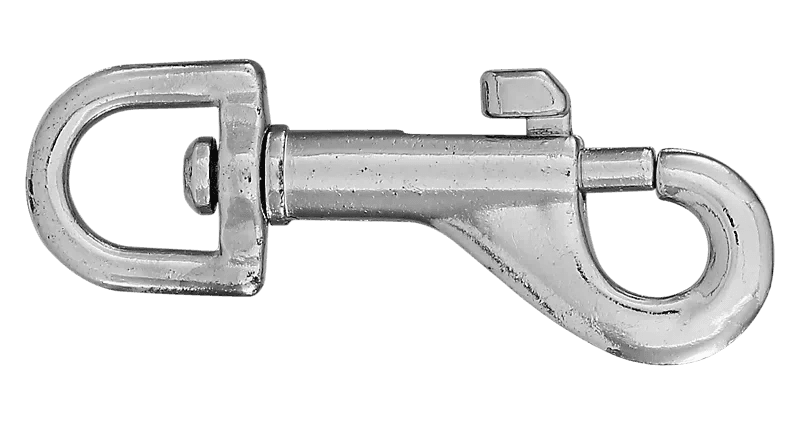
Pros
- Secure attachment
- Easy to use
- Comes in different sizes
- Durable
Cons
- Can jingle dog tags
- Can be a bit heavy depending on the material
- May still snag
- Dog tags could fall out if the gate is loose
What we think: Carabiners and snap rings are an easy option to use with dog tags, but there still are some drawbacks.
There are a lot of dog clip options from circle clips to small carabiner clips and the Klippy. All of these clips work the same way. There is a spring-loaded snapping gate (a piece of metal) that can be opened and closed by hooking the top part of the clip onto an object or by opening the gate, placing the item onto the carabiner, and then closing the gate.
Pros
- Secure attachment
- Easy to use
- Comes in different sizes
- Durable
Cons
- Can jingle dog tags
- Can be a bit heavy depending on the material
- May still snag
- Dog tags could fall out if the gate is loose
What Is The Best Choice?
Is there a best choice? We can see that all the options have potential disadvantages but they have a lot of pros as well.
We would suggest a small carabiner or snap ring due to the ease of use. Metal o-rings are proven to be secure as well. Make sure the attachment you choose is made from sturdy materials and close tightly.
We would also suggest checking your dog’s tags every once in a while just to make sure the rings are still reliable, nothing has rusted, and the tag information is still legible.
Conclusion – small but mighty
Who knew that how you connect your dog tag played such a vital role in safety? You can use any of the connectors we suggested above, but we lean more heavily toward split rings and clips just because they are statistically safer and more secure.
The material you pick will have an impact on the durability of the ring, and how long it lasts. Remember to regularly check your dog’s ID tag and connector for wear and tear.
